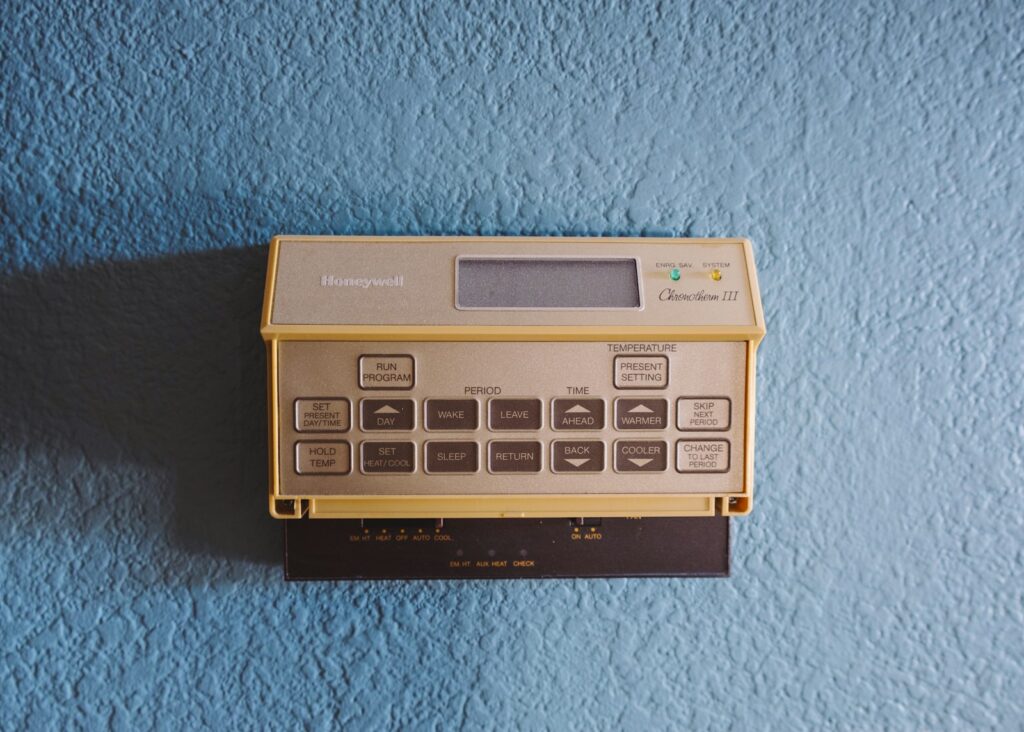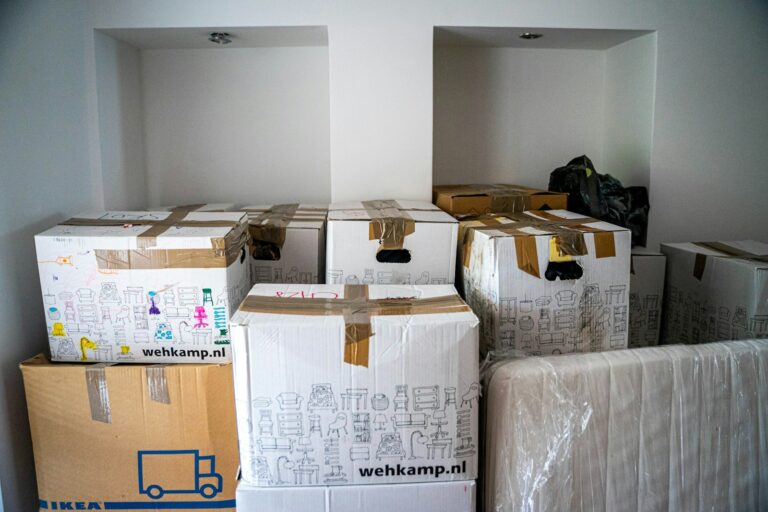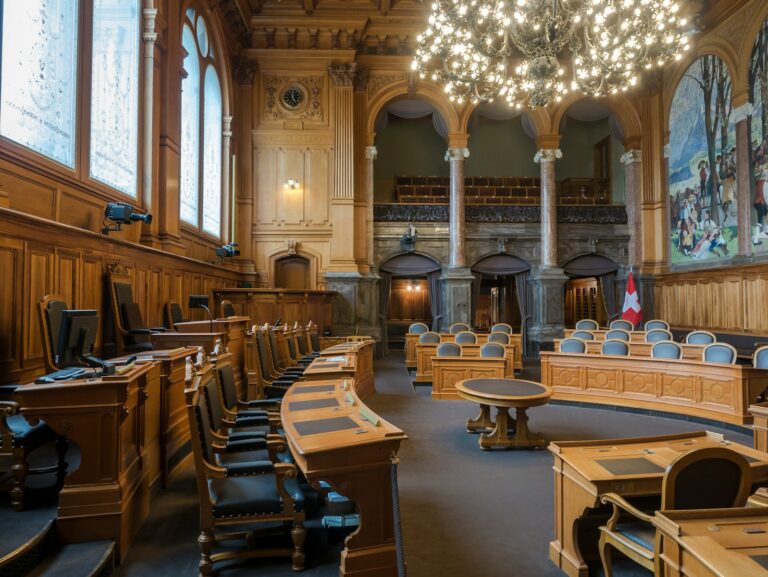
Air conditioning is a staple in many homes and offices, particularly during the hot summer months. While it provides relief from the heat, it can also be a significant source of energy consumption and, subsequently, high electricity bills. Finding the optimal temperature setting for your air conditioner (AC) to balance comfort and energy efficiency is essential for saving money. This essay explores the best AC temperature to save money, considering various factors such as energy consumption, comfort, and environmental impact.
The Ideal Temperature for Energy Efficiency
The U.S. Department of Energy recommends setting your thermostat at 78°F (25-26°C) when you’re at home and active. This temperature strikes a balance between comfort and energy efficiency. It is cool enough to make the indoor environment comfortable, but not so low that the AC works harder than necessary. For every degree you lower your thermostat below this range, the AC’s energy consumption can increase by about 6-8%. Therefore, keeping the thermostat at 78°F when you’re home will likely provide the most significant savings. If you need more information on AC repair in Syracuse, Utah call Son of a Bill.
When you’re away from home, the Department of Energy suggests raising the thermostat to 85°F (29-30°C). By doing so, you prevent the air conditioner from running unnecessarily while you’re not around, which leads to energy savings. Some modern smart thermostats can be programmed to adjust automatically, ensuring that the temperature is optimized based on your schedule.
Factors Influencing AC Temperature Settings
While 78°F is the ideal recommendation, several factors influence the optimal temperature setting for energy savings:
- Humidity: The amount of moisture in the air plays a significant role in how we perceive temperature. In humid environments, the air can feel warmer than it is, leading people to lower the thermostat further for comfort. In such cases, using a dehumidifier or setting the AC to a higher temperature (like 80°F) can help maintain comfort while saving energy.
- Insulation and Home Layout: The quality of your home’s insulation and the layout of rooms can also impact how effectively your AC cools your space. Homes with poor insulation may require the AC to work harder to maintain a cool temperature. Investing in better insulation, sealing leaks, and ensuring proper airflow can reduce the need for lowering the temperature, thus saving on energy costs.
- Time of Day: During the hottest parts of the day, your AC may have to work harder to cool down the house. However, as temperatures drop in the evening or at night, you can raise the thermostat slightly to reduce energy consumption. Using ceiling fans in combination with your air conditioning can also make a room feel cooler, allowing you to set a higher thermostat without sacrificing comfort.
Additional Tips for Reducing AC Costs
- Regular Maintenance: Ensuring that your air conditioner is running at peak efficiency is vital for reducing energy consumption. Regular maintenance, such as cleaning filters, checking refrigerant levels, and servicing the unit, can prevent it from working harder than necessary.
- Upgrade Your Thermostat: Investing in a programmable or smart thermostat can provide additional savings. These thermostats allow you to set temperatures based on your schedule, so the AC won’t run when it’s unnecessary. Some models even learn your preferences over time and adjust the temperature accordingly.
- Use Fans: Ceiling fans or portable fans can help circulate the cool air throughout the room, allowing you to raise the thermostat a few degrees without compromising comfort. Fans make it feel cooler than it actually is, which can help reduce the reliance on your AC.
- Seal Leaks: Drafts and air leaks around doors, windows, and ducts can let cold air escape, forcing your AC to work harder to maintain the desired temperature. Sealing these leaks can help maintain a consistent indoor temperature and reduce energy consumption.
- Close Curtains or Blinds: Sunlight streaming through windows can significantly raise the indoor temperature. By closing curtains or blinds during the hottest parts of the day, you can keep your home cooler and reduce the workload on your AC.
Finding the optimal air conditioning temperature to save money involves more than just adjusting the thermostat. While setting your AC to 78°F during the day and 85°F when away from home is the best general guideline, other factors like humidity, insulation, and the time of day can all impact energy usage. Additionally, maintaining your air conditioner, upgrading to a smart thermostat, and implementing other energy-saving strategies can further reduce your cooling costs. By being mindful of your thermostat settings and overall energy habits, you can enjoy a comfortable home while keeping your energy bills under control.






